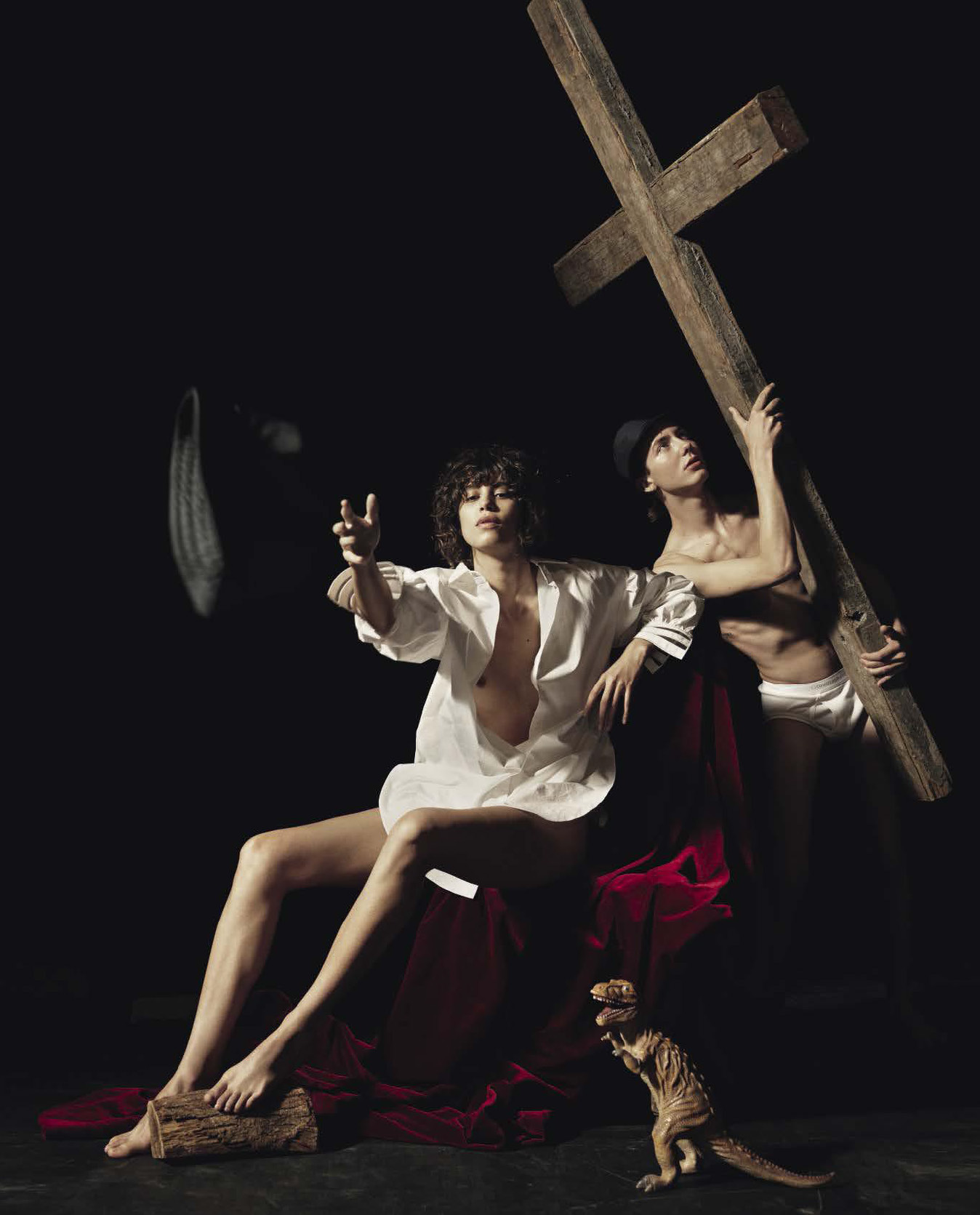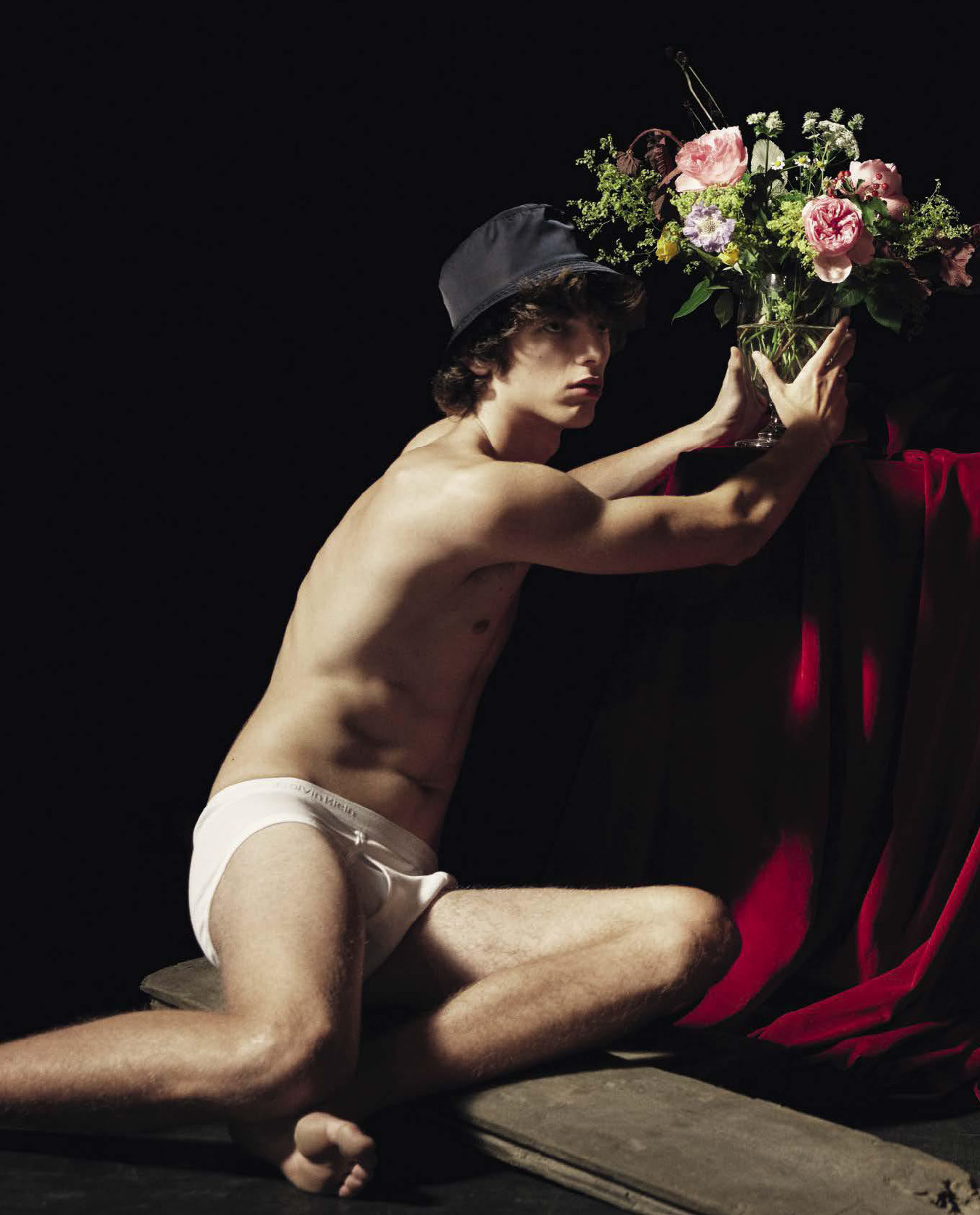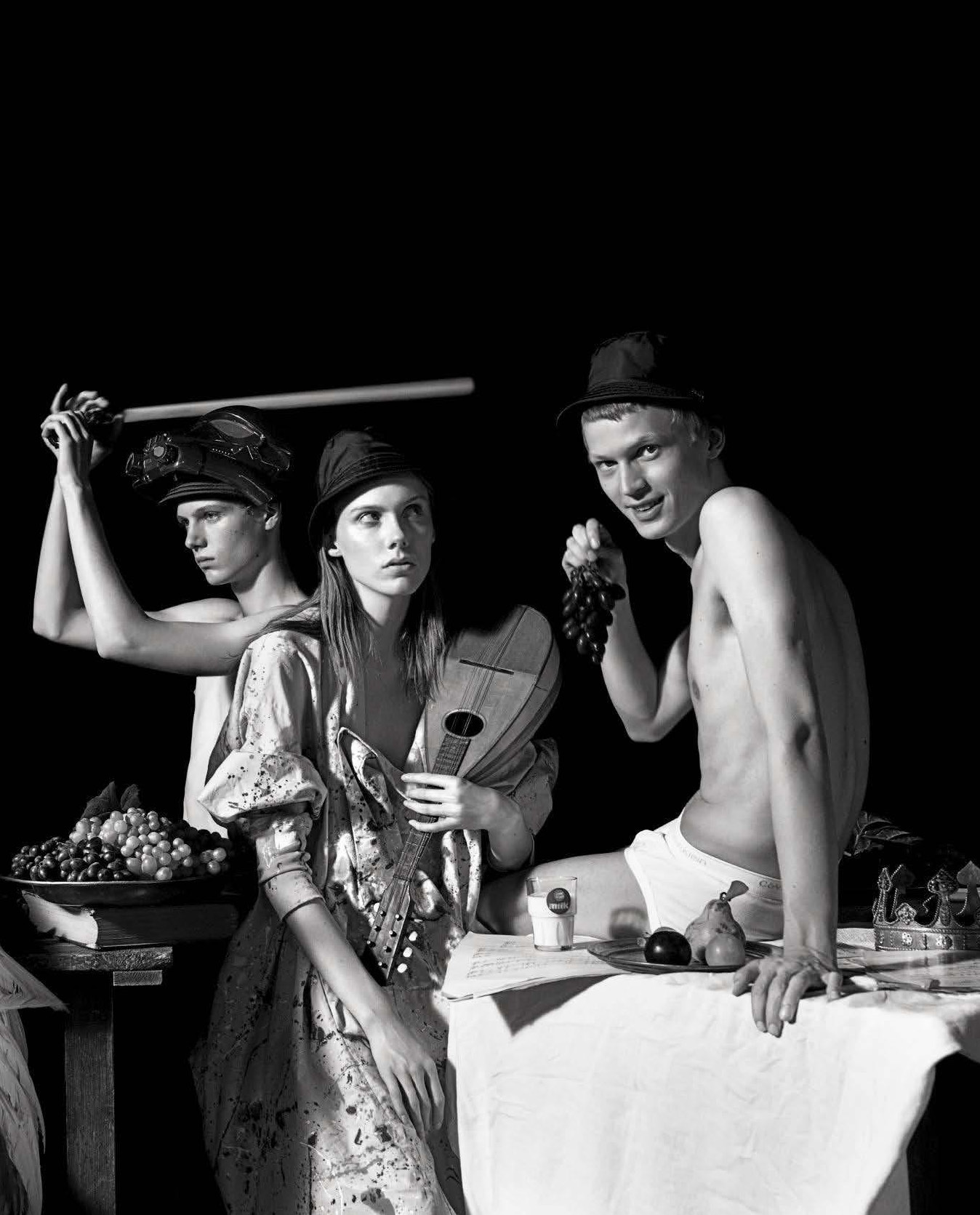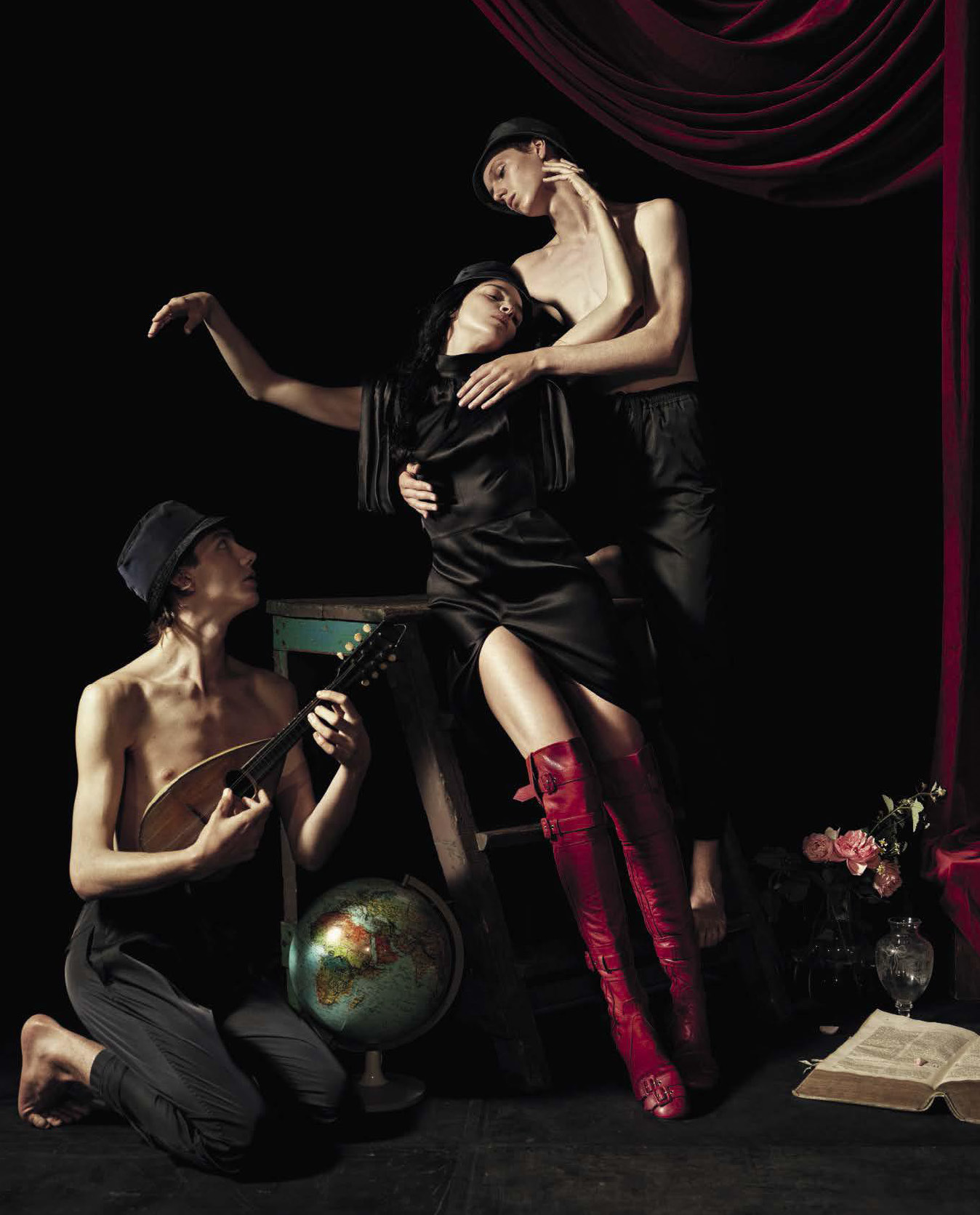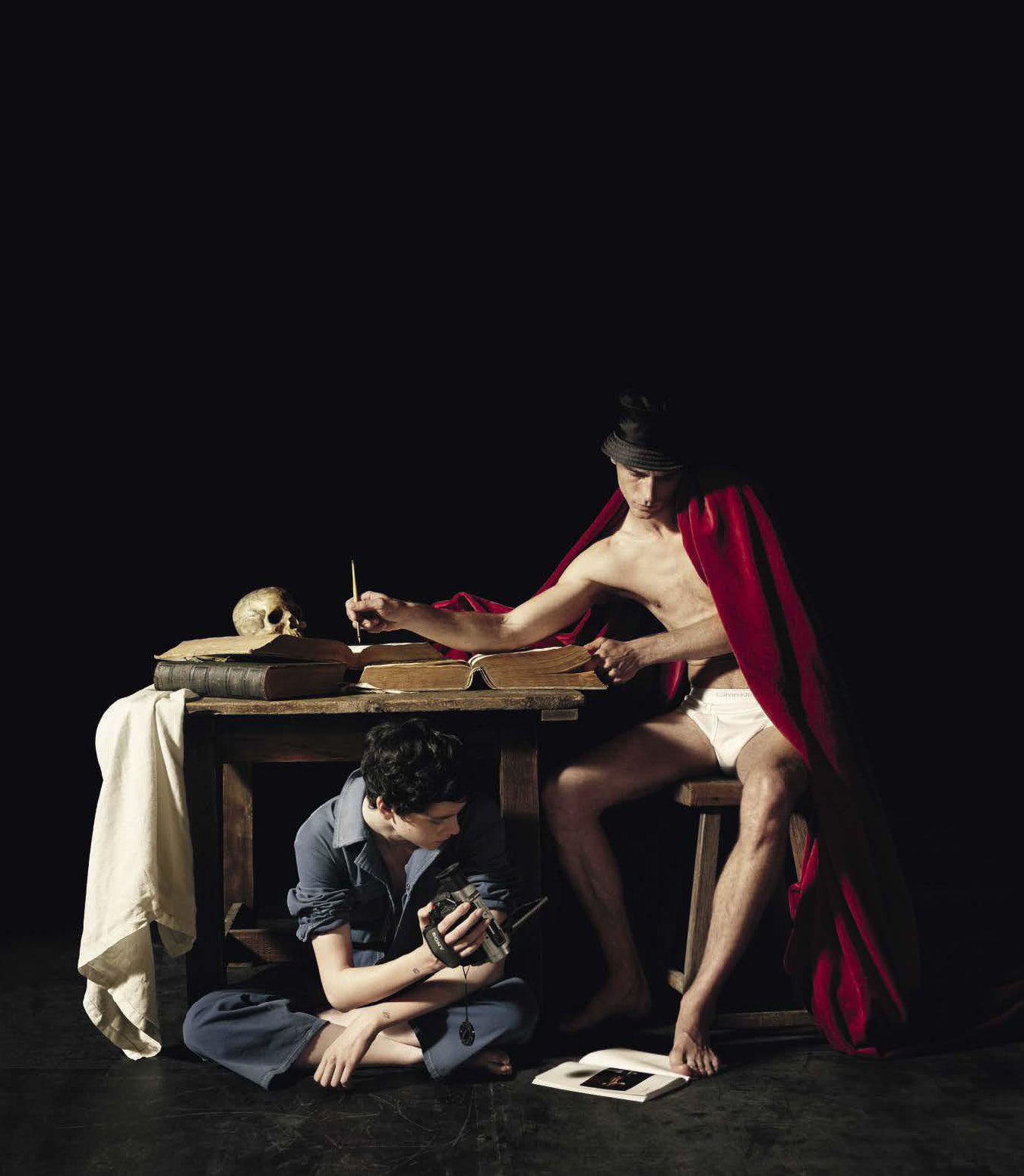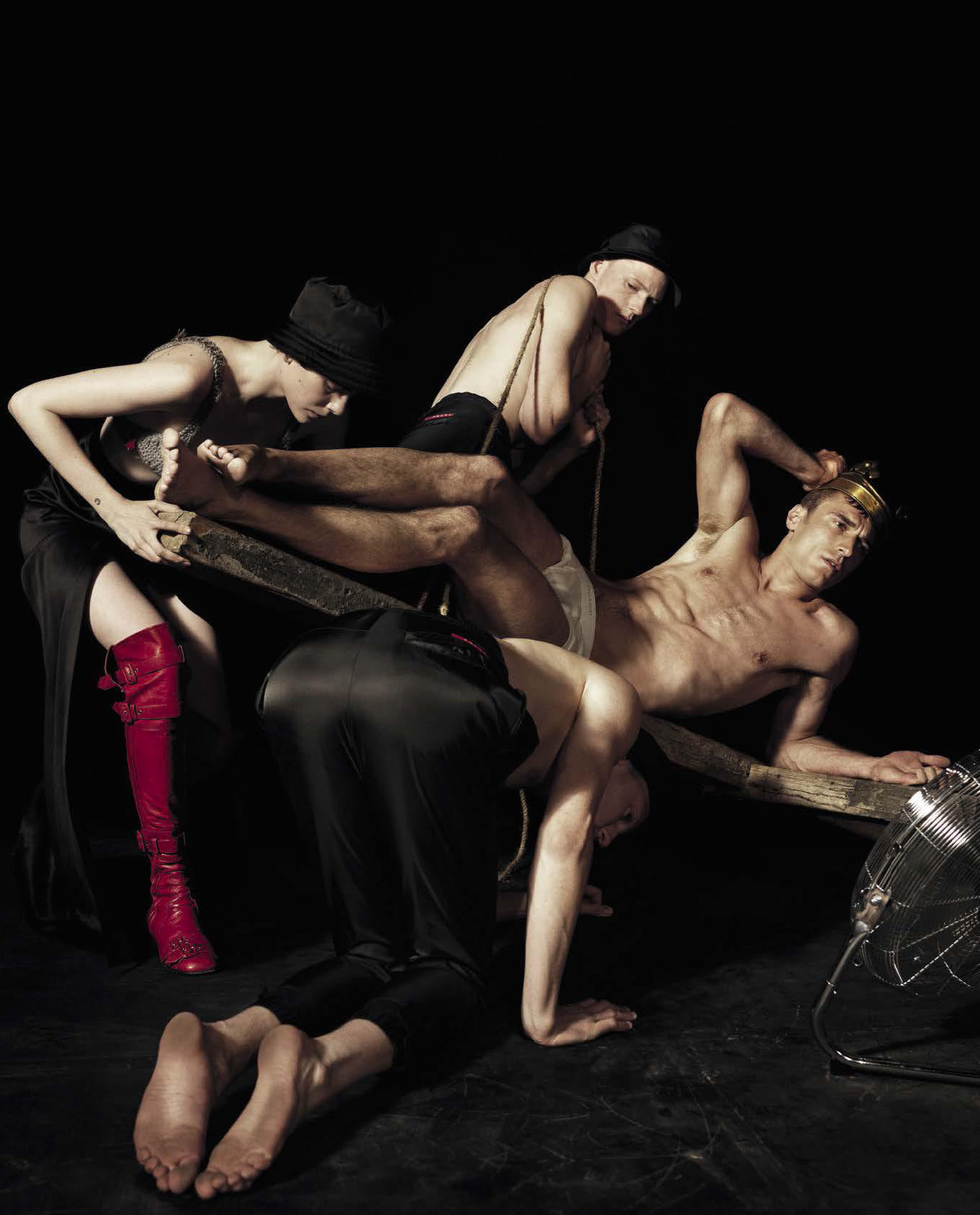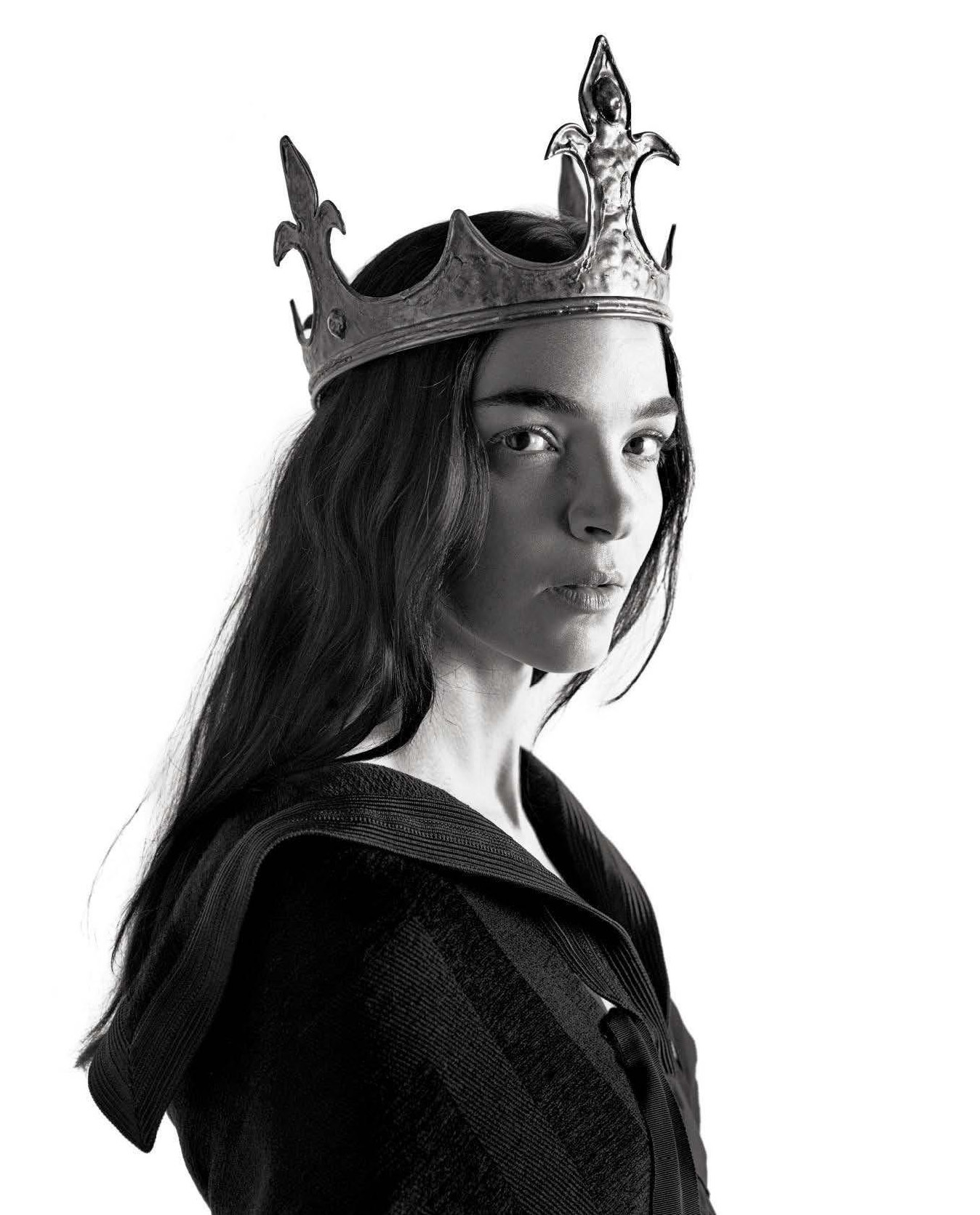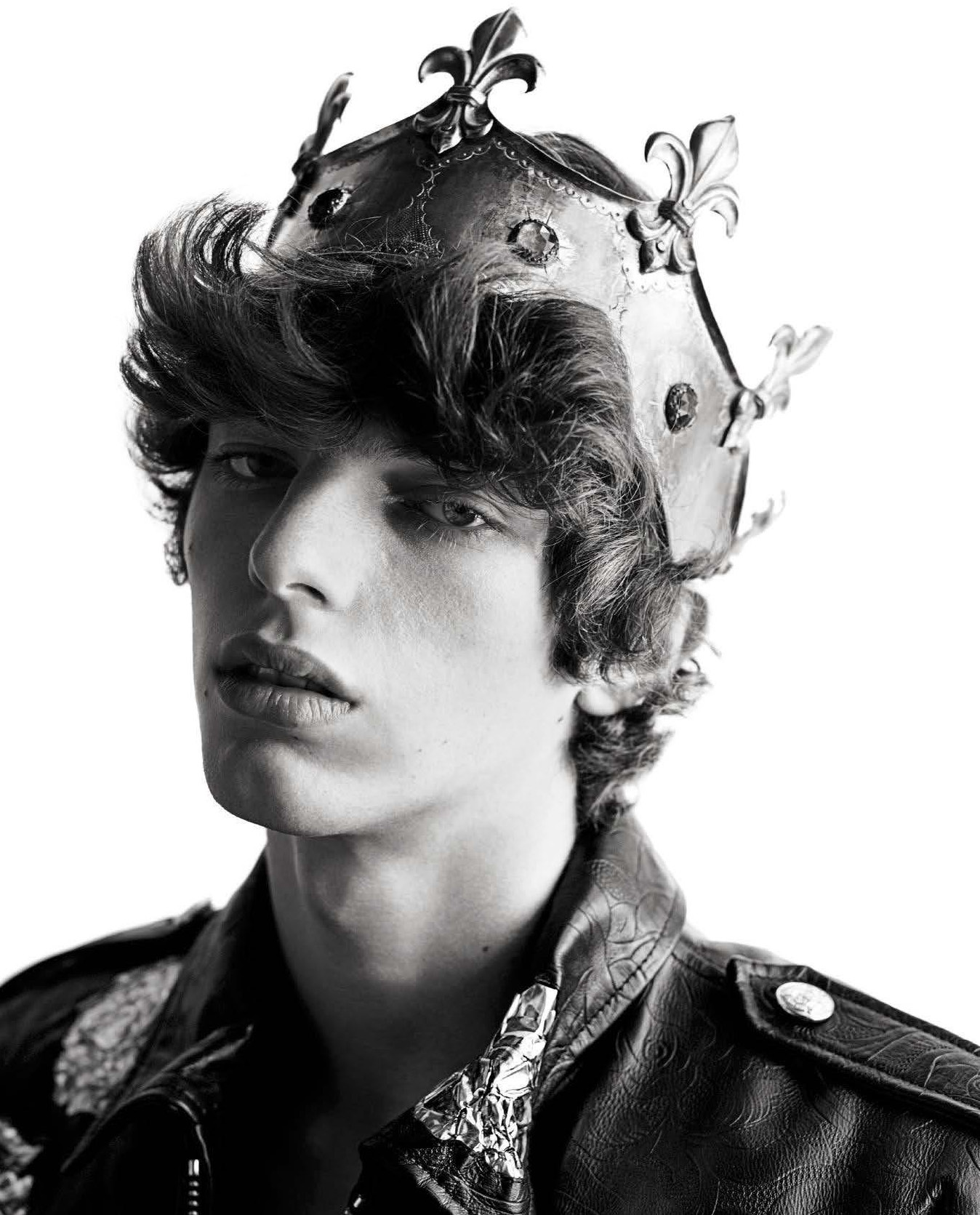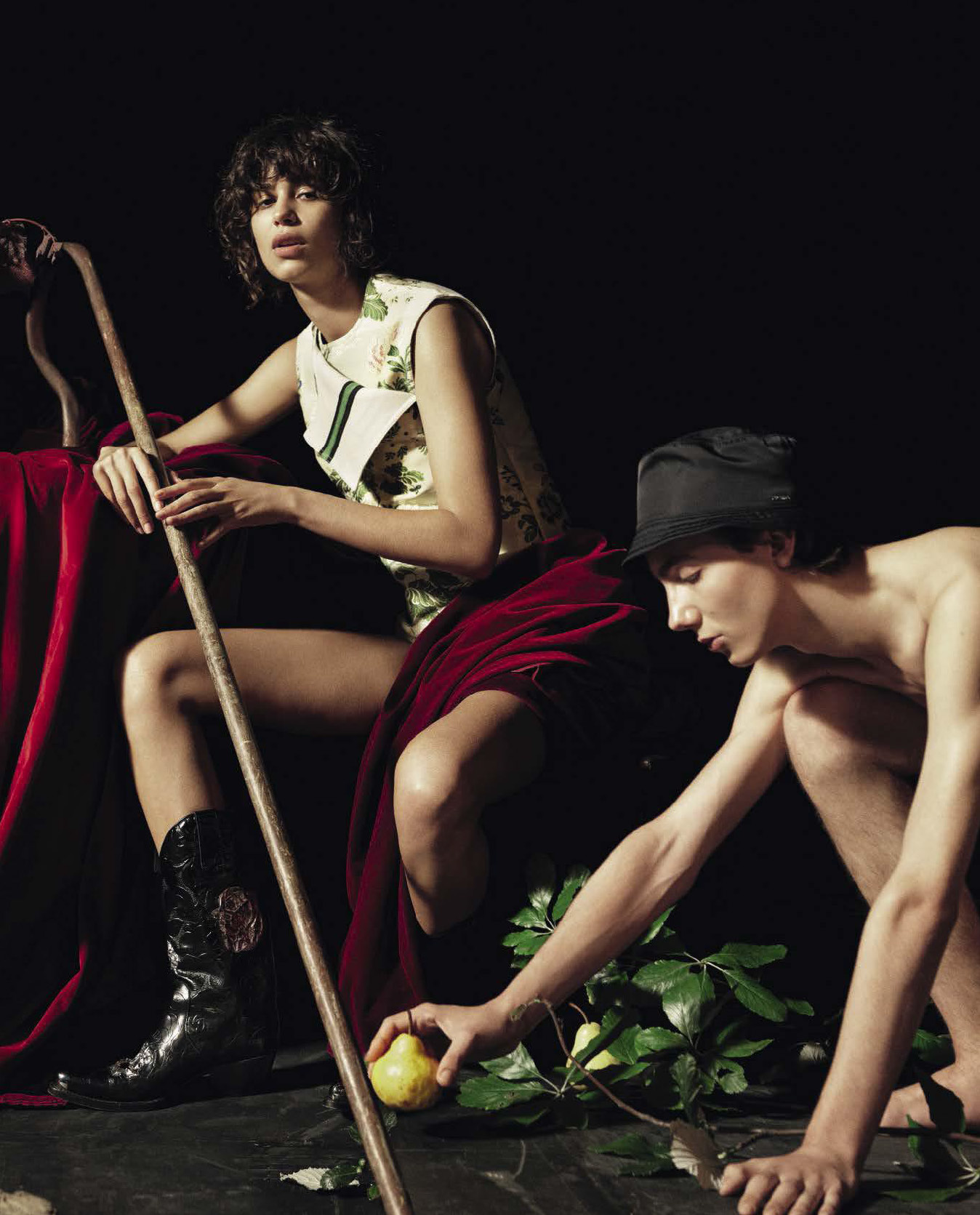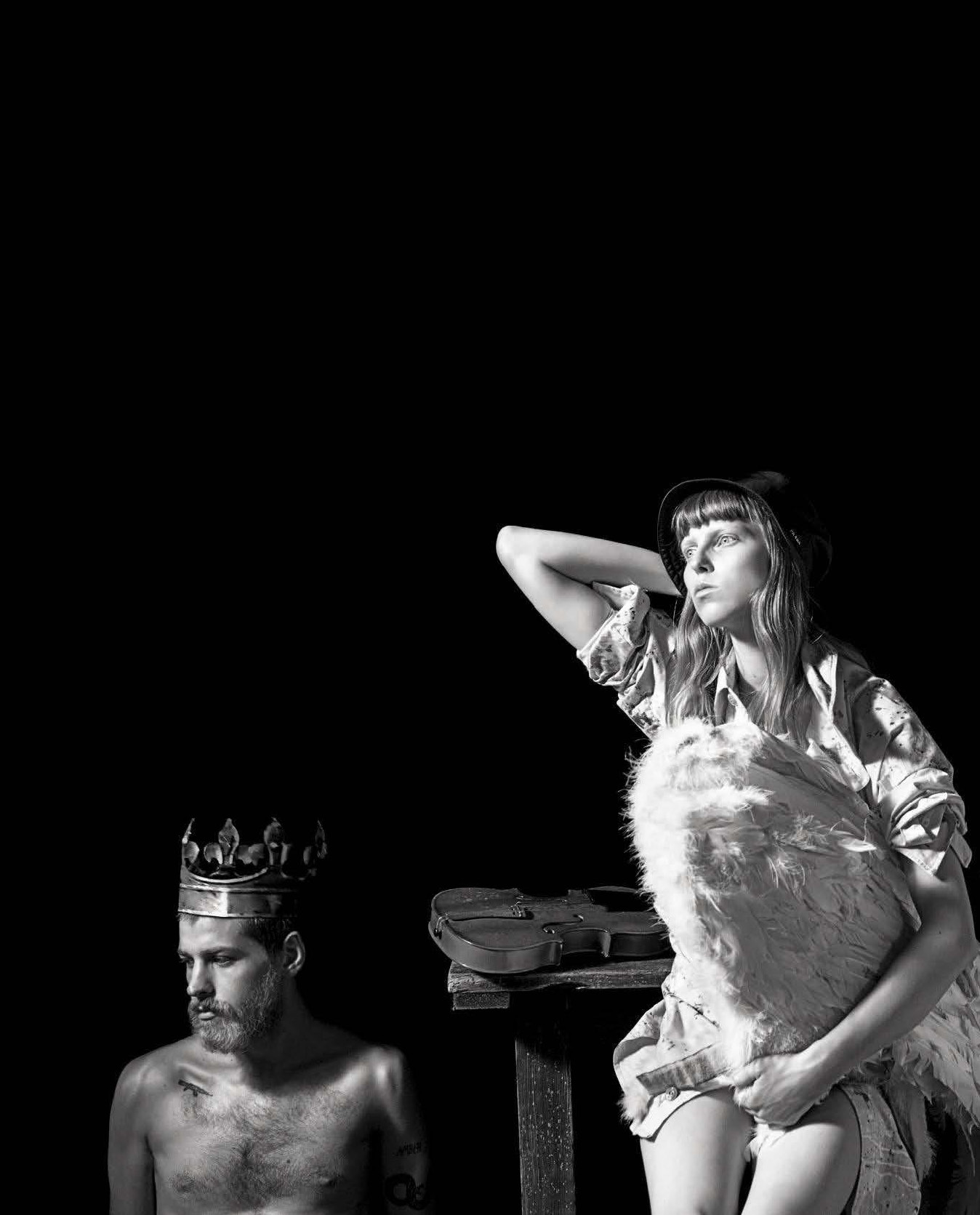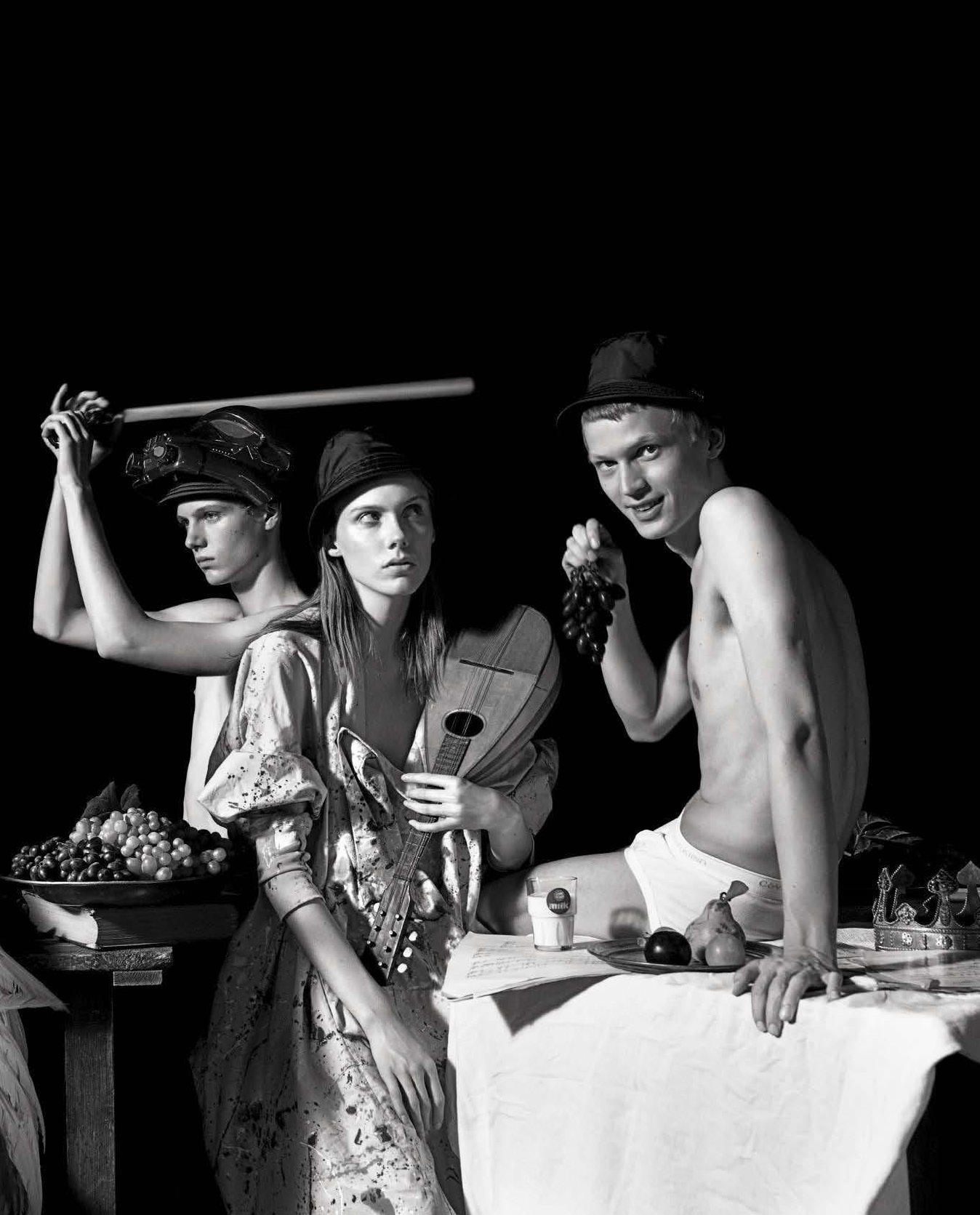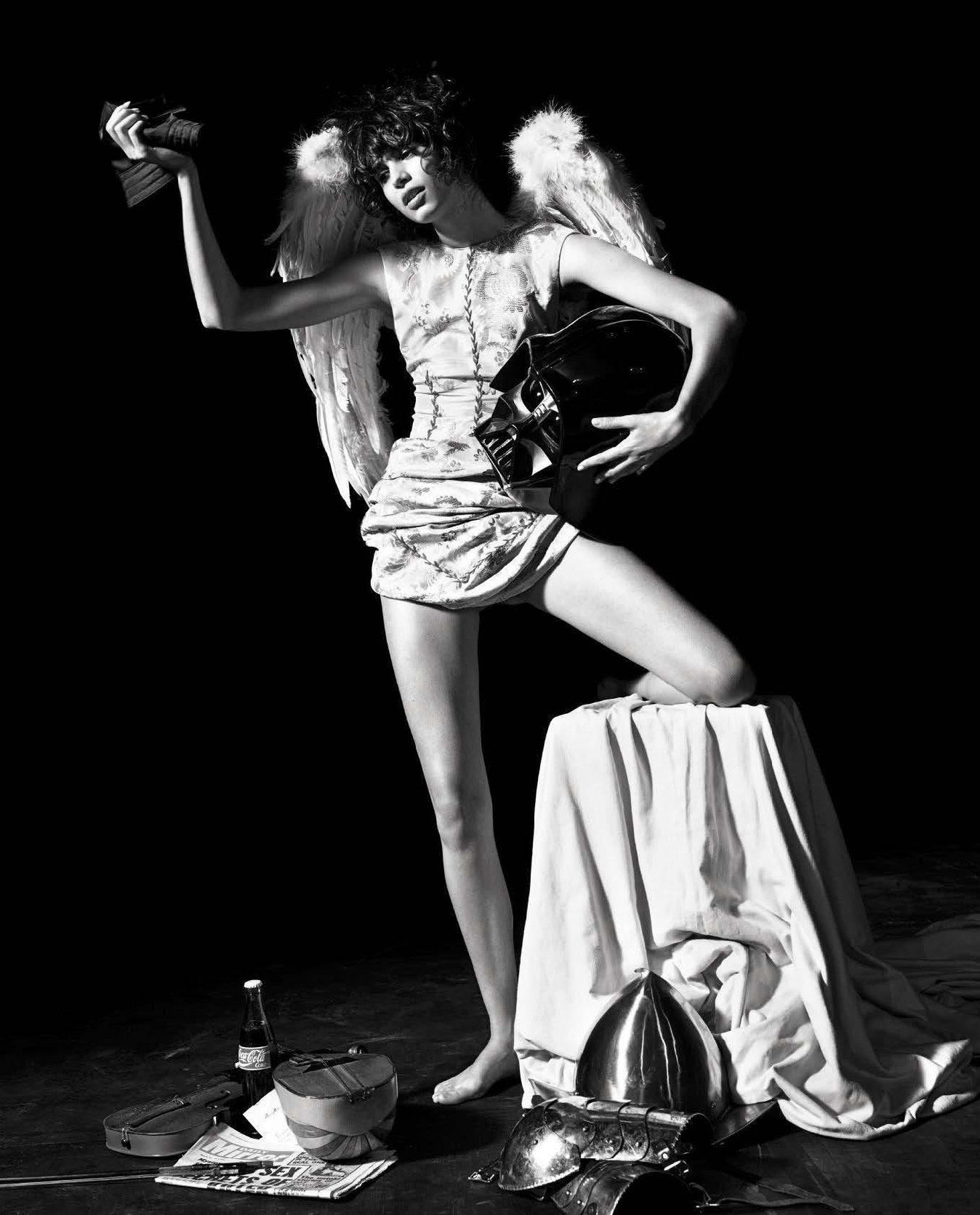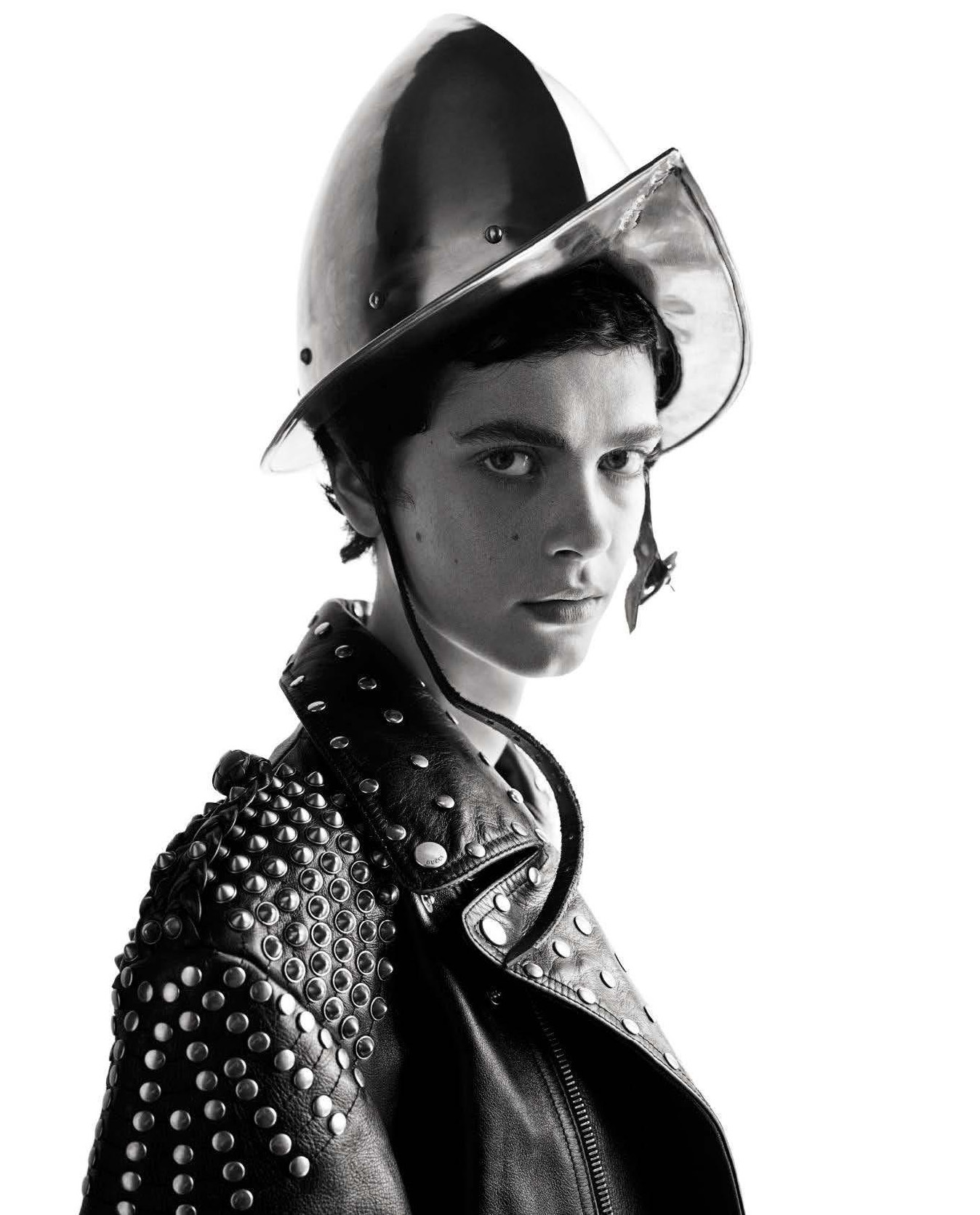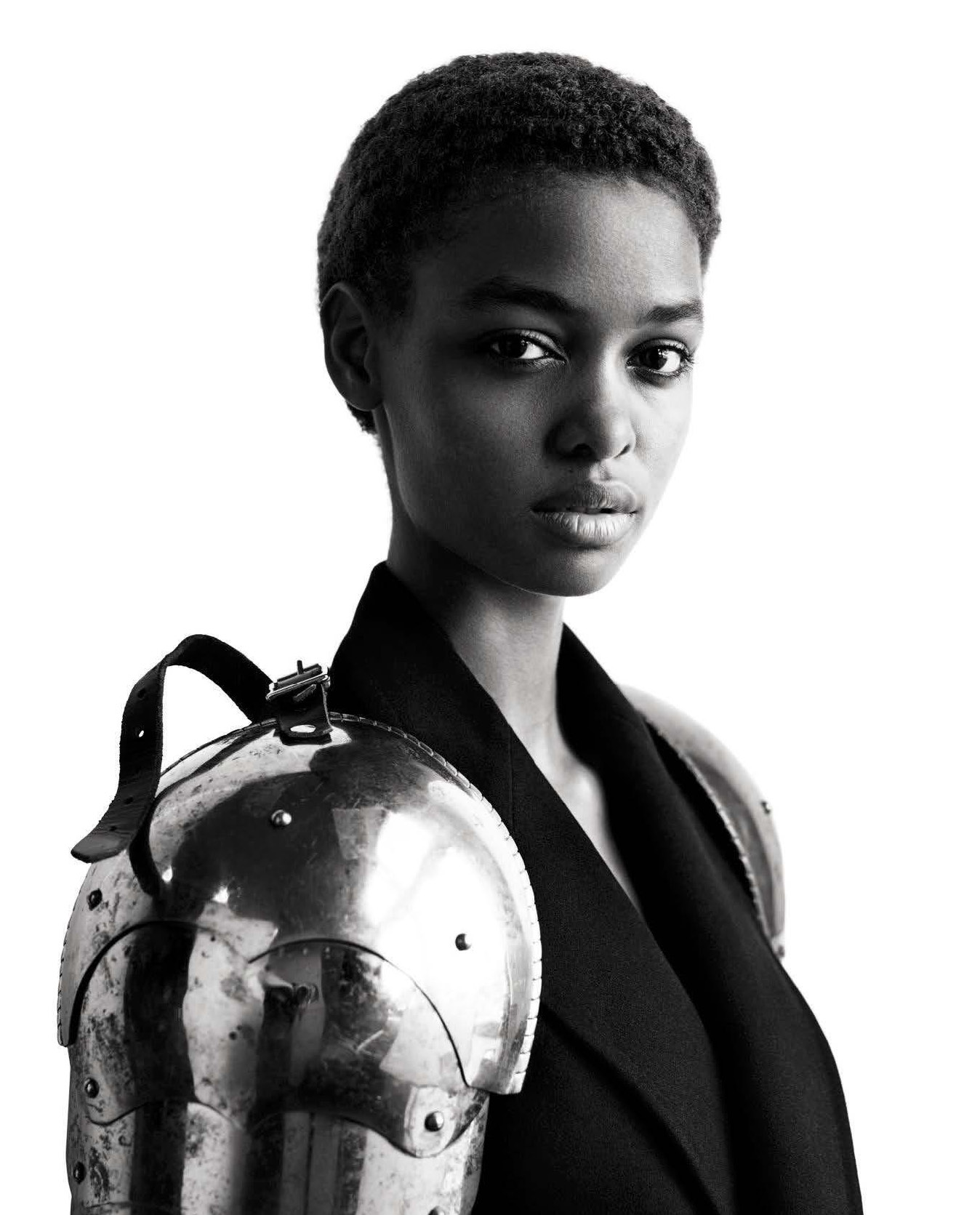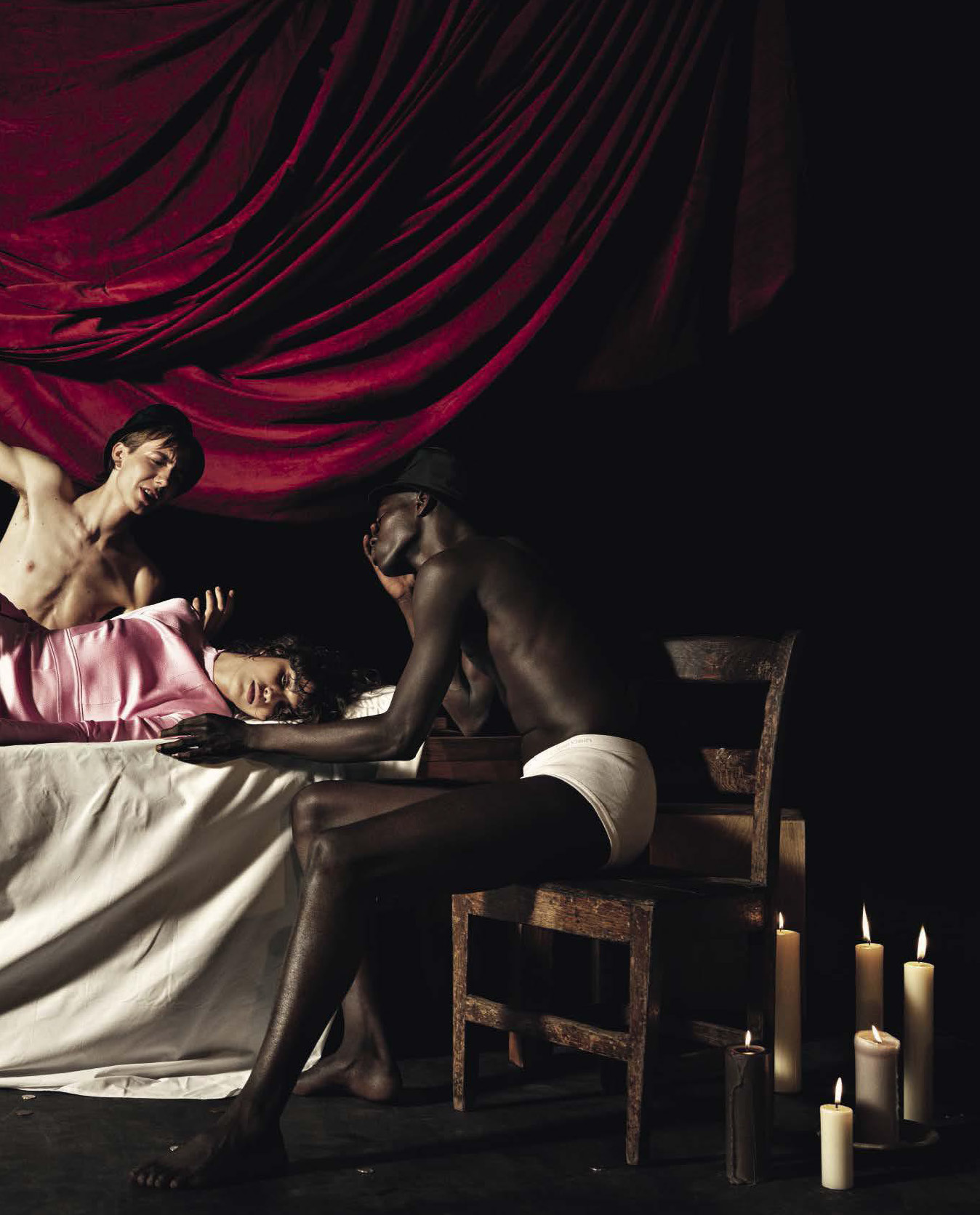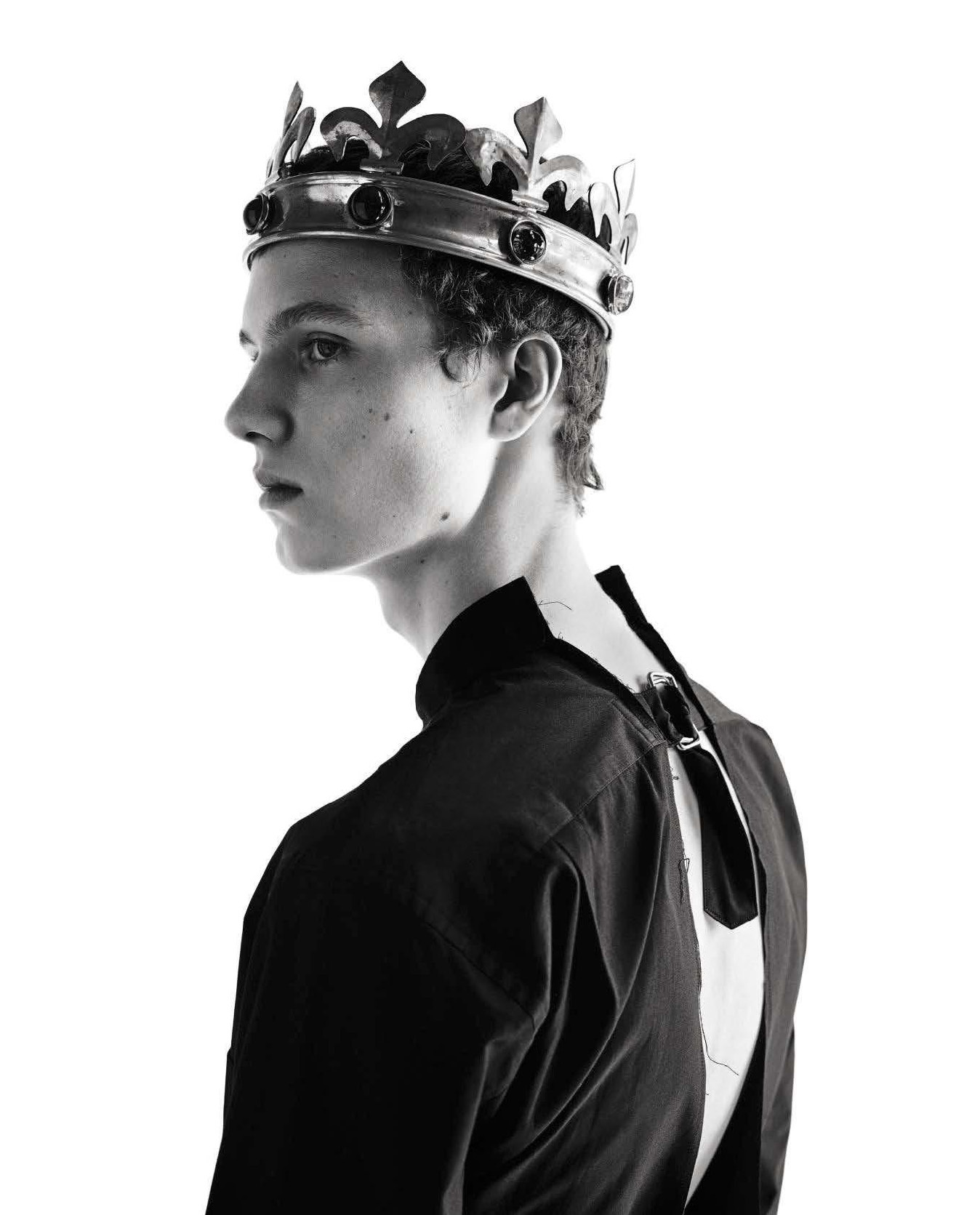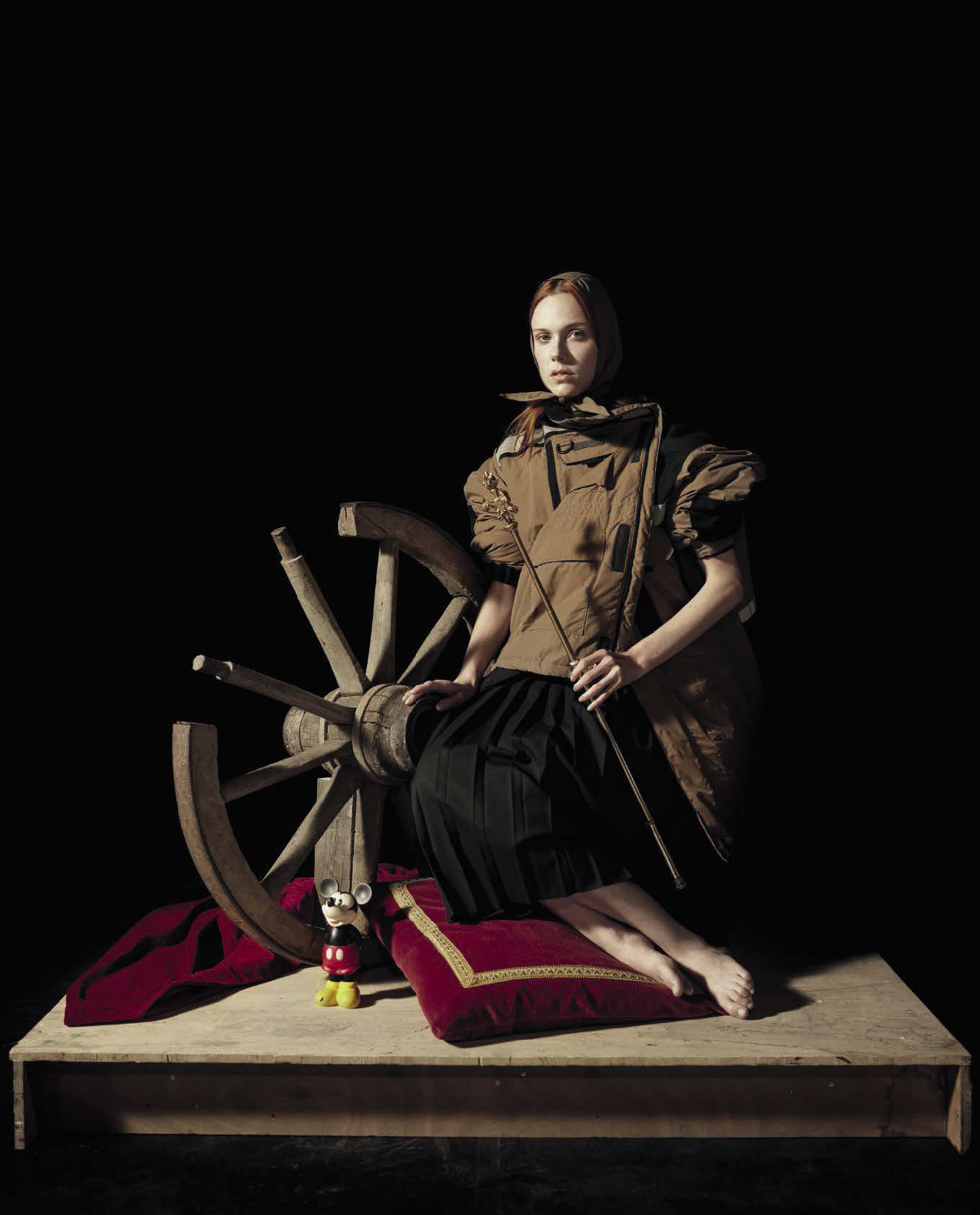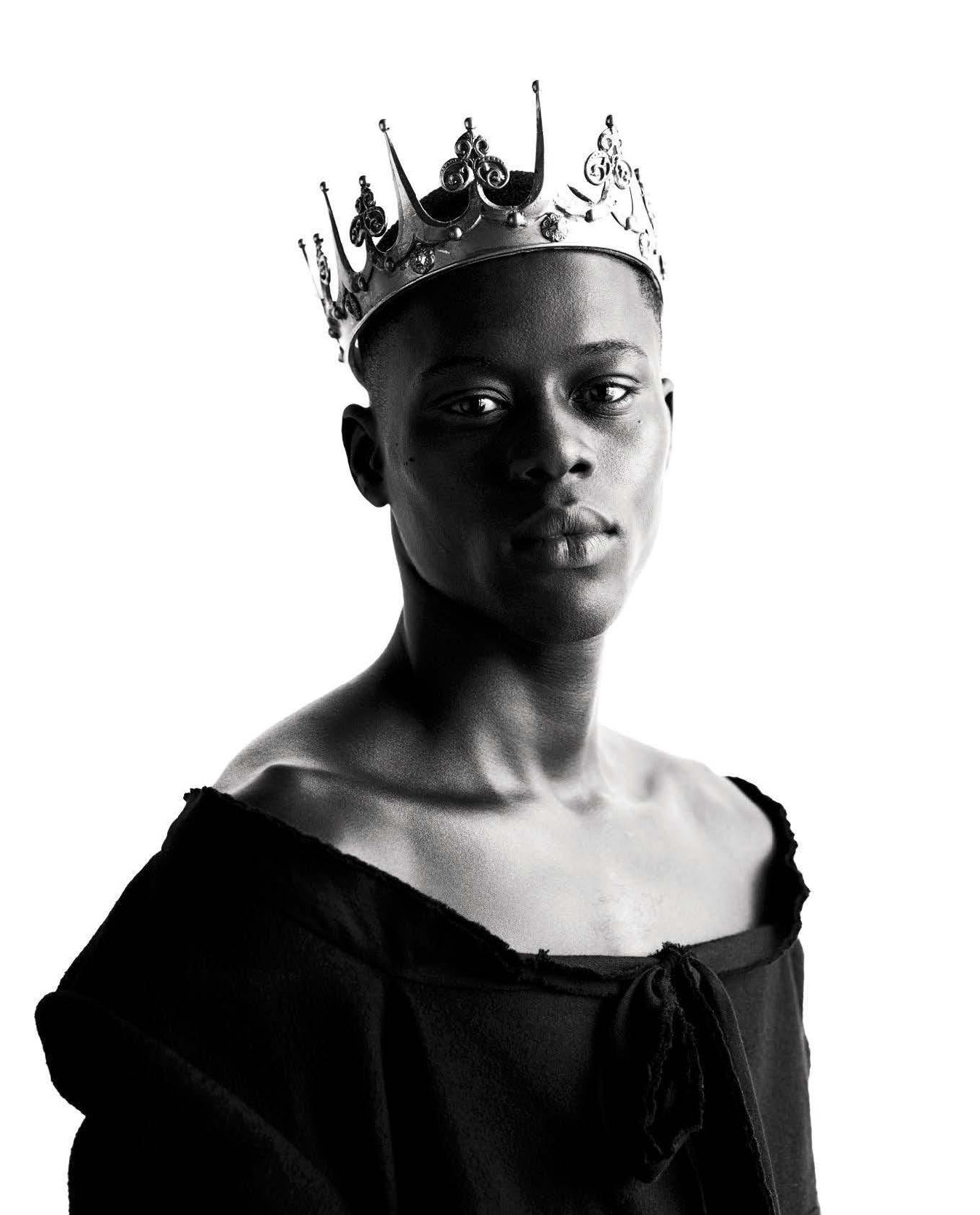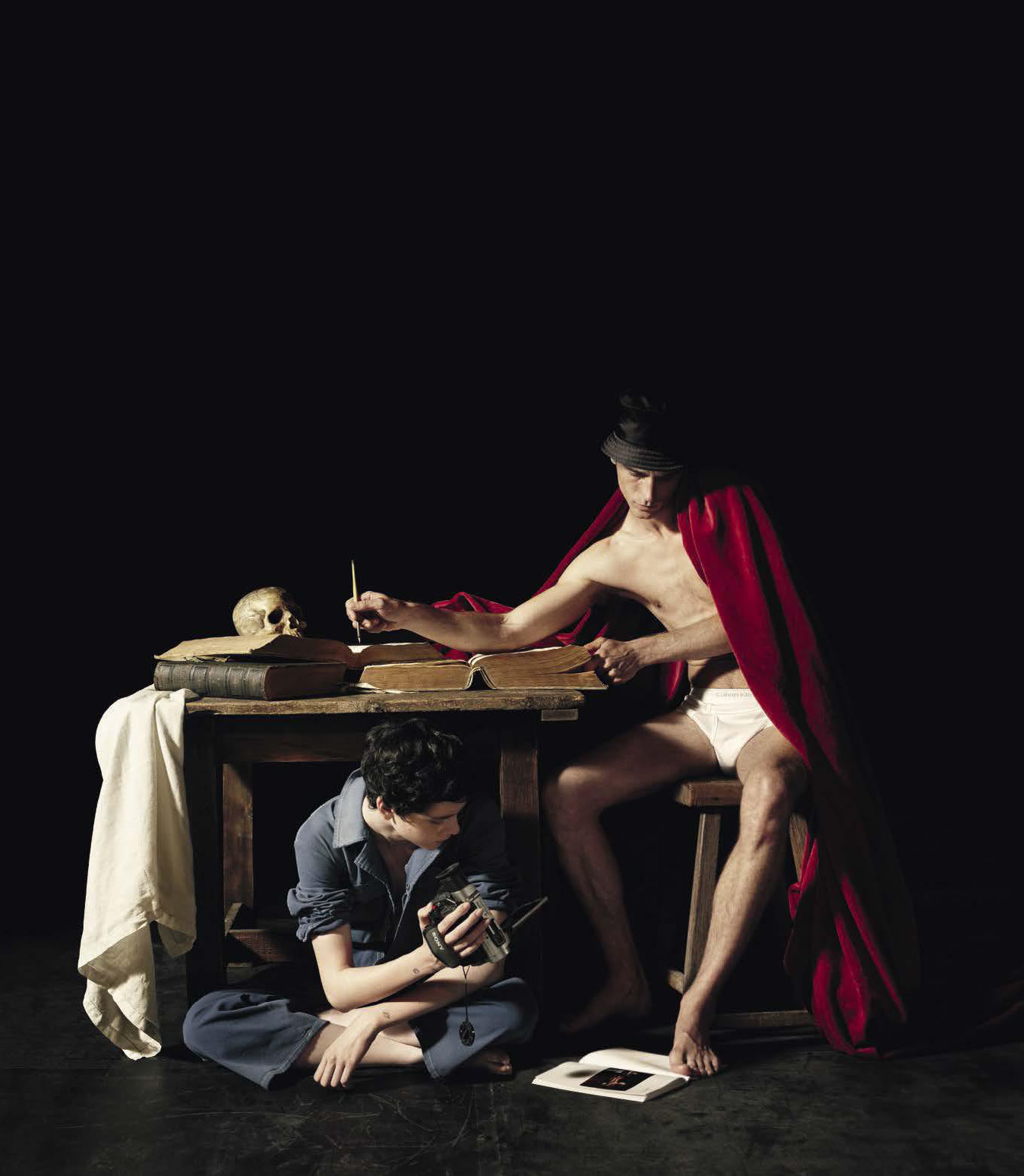Willy Vanderperre Captures Caravaggio's Essential Contradictions In 'Ad Arte' For Vogue Italy September 2017
/Models Mica Arganaraz, Mariacarla Boscono, Kiki Willems, Amandine Renard, Blesnya Minher, Clement Chabernaud, Jonas Gloer, and Paul Hameline are styled by Olivier Rizzo in 'Ad Arte'. Willy Vanderperre captures the entourage for Vogue Italia September 2017./ Hair by Tina Outen; makeup by Lynsey Alexander
The editorial 'Ad Arte' is inspired by the paintings of Caravaggio, an artist who belonged to the shadowland, writes Vogue Italia, in an entire September issue is devoted to Italy. Caravaggio's most famous painting of the 'Medusa', a Gorgon among three sisters with snakes for hair who held the power to turn anyone who looked at them to stone, was actually a male youth and not a female.
In reality, Caravaggio was "wayward and violent", says David Leavitt. The artist killed more than once and lusted, mostly after boys. Simultaneously, he considered himself a devout Catholic who frequently used Catholic iconography in his paintings. In many respects, this apparent schism in Caravaggio's devout Catholicism continues to play out behind walls of the Vatican. On this day, one of Pope Francis' closest advisers, Cardinal George Pell of Australia, is on a leave of absence to answer multiple charges of sexual assault in Melbourne.
Caravagglio's 'Medusa' meets the viewer’s gaze with an anguish beyond pity, writes Leavitt for Vogue Italia, as if to say, "You knew all along you could not resist. Now see what I see every day in the mirror." Most of us do turn away from horror, as Leavitt suggests in writing about Carvagglio. In principle, we have defenses against this sort of seeing.





